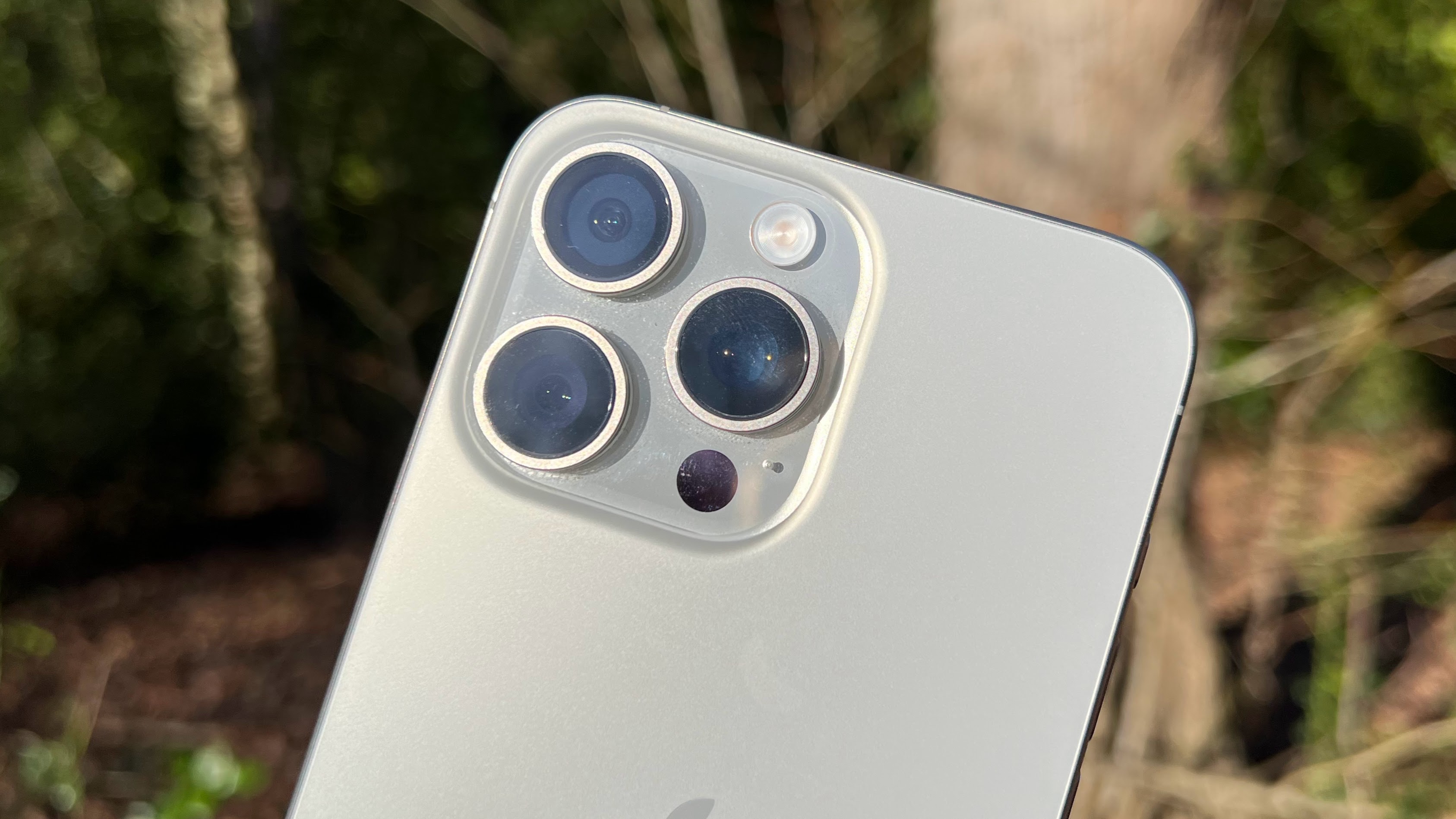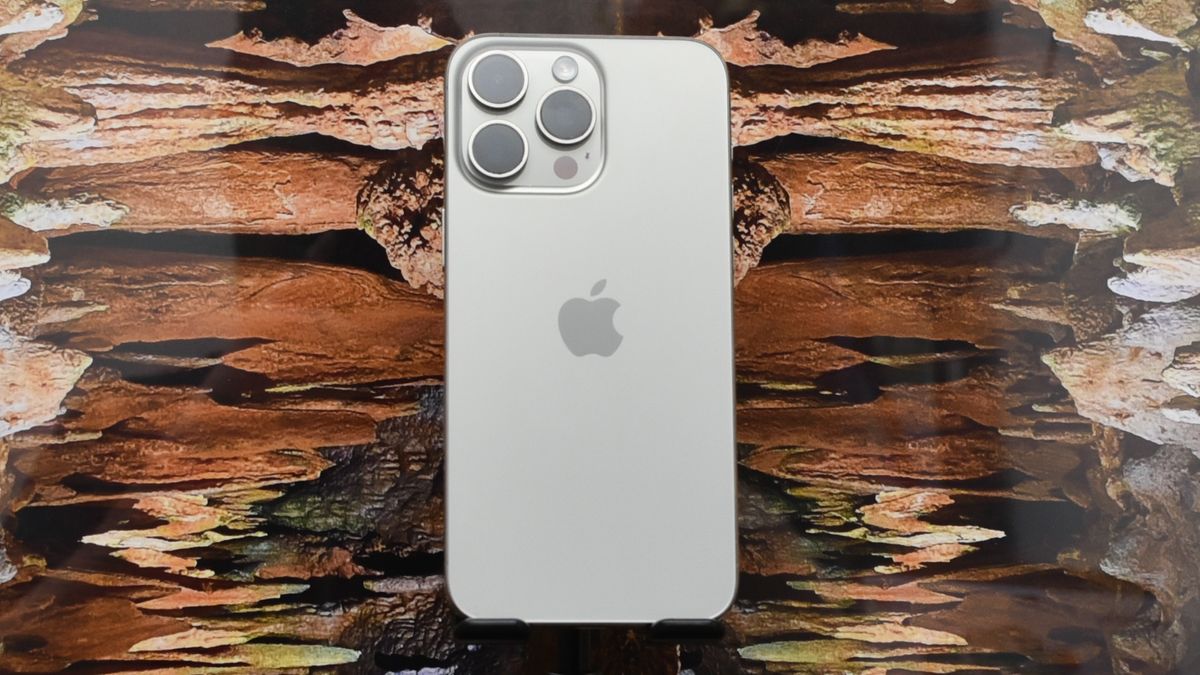I was an Android user for many years, having transitioned from a venerable iPhone 4S to a Samsung Galaxy S6 in 2015. Since then, I’ve used some of the best Android phones.
So, what I thought would be a brief flirtation with iOS and an iPhone 13 Pro at the end of 2021 actually led to a committed relationship with an Apple smartphone. Sure, I still have access to the likes of the Samsung Galaxy S24 Ultra, but my SIM card (we still use them in the UK) sits in an iPhone.
Lately, the variation of Android and general boredom with iPhones nearly saw me swap back to Google‘s smartphone platform, but just when I thought I was out, the iPhone 15 Pro Max pulled me back in.
And I’m ok with that, as it’s a fantastic flagship-grade smartphone. However, it might be a little too good – to the extent that I have no clear idea of where phones can go next to be more than just iterative upgrades over their predecessors.
But let me first tell you why the iPhone 15 Pro Max has my attention, despite me never really being into the Max phones.
The sum of its tweaks
First off, the titanium construction is a game changer, taking what could be a heavy and unwieldy 6.7-inch-display-equipped phone into a device that I can just about use one-handed. And subtle tweaks to the sides, adding a degree of curvature at the edges means the iPhone 15 Pro Max still rocks the slick flat-edges Apple brought back with the iPhone 12 series but makes them a little more comfortable to hold. The matte finish of the phone’s rear and the way the colors are blended with the titanium chassis is also very neat.
While the Dynamic Island isn’t perfect, it’s a welcome departure from the notch I begrudgingly got used to on the iPhone 13 Pro. And I don’t feel it’s much more intrusive than the punch-hole cameras on Android rivals like the Google Pixel 8 Pro; plus the added functionality is appreciated if not always used to its full potential.
I like the new Action button too, which I use to quickly trigger the ‘torch’ – aka the rear camera flash. USB-C connectivity is very welcome. And I still love Apple’s take on a 1Hz to 120Hz screen with its ProMotion display. Combined with slick software, the iPhone 15 Pro Max feels very fast.
Of course, it’s ridiculously fast with its A17 Pro chip, which can run console-quality games on a device that’s a heck of a lot more pocketable than an Xbox Series X. There’s scope for more performance to help these games run a little better, but with how much Apple Arcade has to offer, you’re never stuck finding a neat little game to play while surviving a tedious commute.
Finally, the camera suite on the iPhone 15 Pro Max is fantastic. The move to a 5x telephoto optical zoom lens adds a much-appreciated degree of flexibility to the camera system, while the main and ultrawide cameras can pump out consistently great photos time and time again. I stand by the decision to put the Galaxy S24 Ultra on the top spot of TechRadar’s best camera phones list, but I prefer Apple’s computational photography and image signal processing over Samsung‘s.
Video is simply class-leading, and it’s dead-easy to record usable footage, even if you have all the camera skills of a dopey dog.
I’ve always rallied against what can be a sycophantic love of Apple and its devices, feeling that Cupertino gets a pass for things people would crucify an Android phone for missing; I’m talking a 60Hz display on the standard iPhone 15 and the glacially slow adoption of USB-C. But while I can’t defend the standard or iPhone 15 Plus, I do believe the iPhone 15 Pro Max is pretty much the pinnacle of smartphones right now.
Where do we go from here?

The thing is, this all has me concerned that Apple won’t have much left in the tank to innovate further. Sure, Tim Cook’s crew will surely follow in Google and Samsung’s footsteps and embrace generative AI tools. And it’s not hard to forecast that the likes of the iPhone 16 will be faster and have better battery life than before, perhaps with some proper fast charging added into the mix, too.
But in terms of there being a big step-change for iPhones, and indeed Samsung’s Galaxy series, it feels like we’ve hit a plateau in smartphone evolution and innovation, at least in hardware terms.
I’m old enough to remember the days when each new smartphone felt like a real step up from what came before, with cameras getting better and better, performance really mattering from generation to generation, and all sorts of new features getting added. These days, one generation of phones is largely similar to what came before.
Granted, a suite of small changes to the iPhone 15 Pro Max have made it my phone of choice and one worth upgrading to. But now I feel Apple has nailed the formula, I can’t see the iPhone 16 or iPhone 17 being much better: that’s unless someone comes up with massively different screen tech or battery materials.
So, am I now bored of phones? Well, not quite. I think my hope for exciting iPhones will be laid at the promise of a foldable iPhone, as I reckon Apple has the scope and savvy to nail a great folding phone experience. Equally, I’m willing to embrace the software side of innovation, of which AI is surely going to play a part.
But for now, I’ll just have to comfort myself with the idea that I have a near-perfect phone for me at this moment. And at a time when all sorts of things look bleak, that’s no bad thing.





